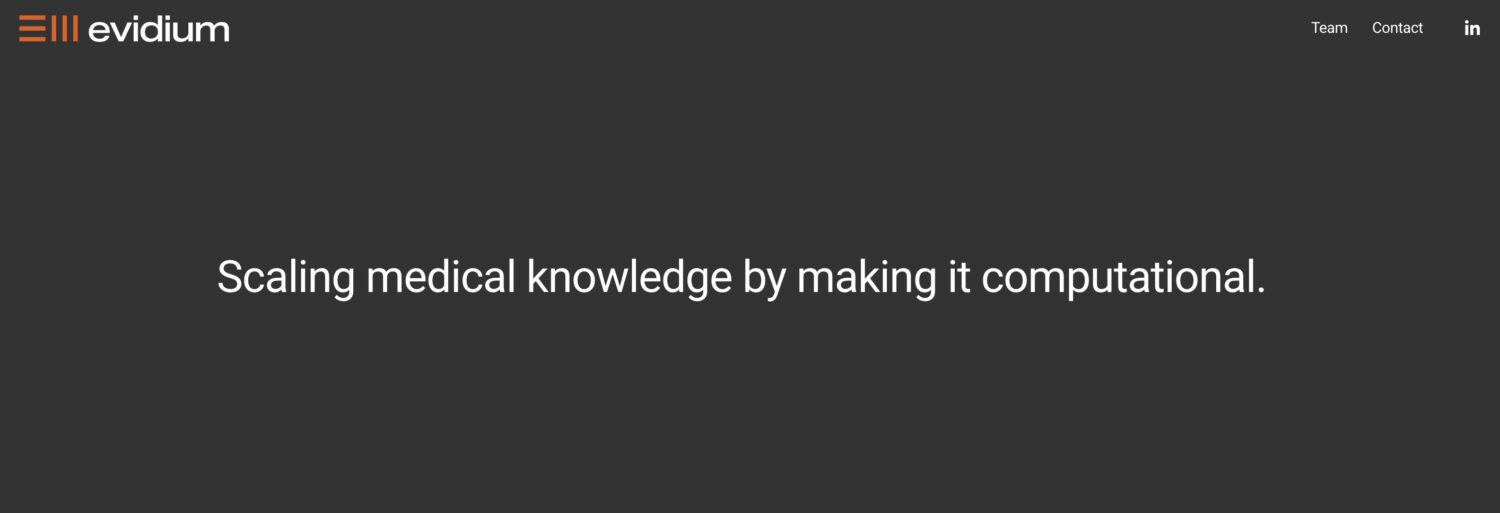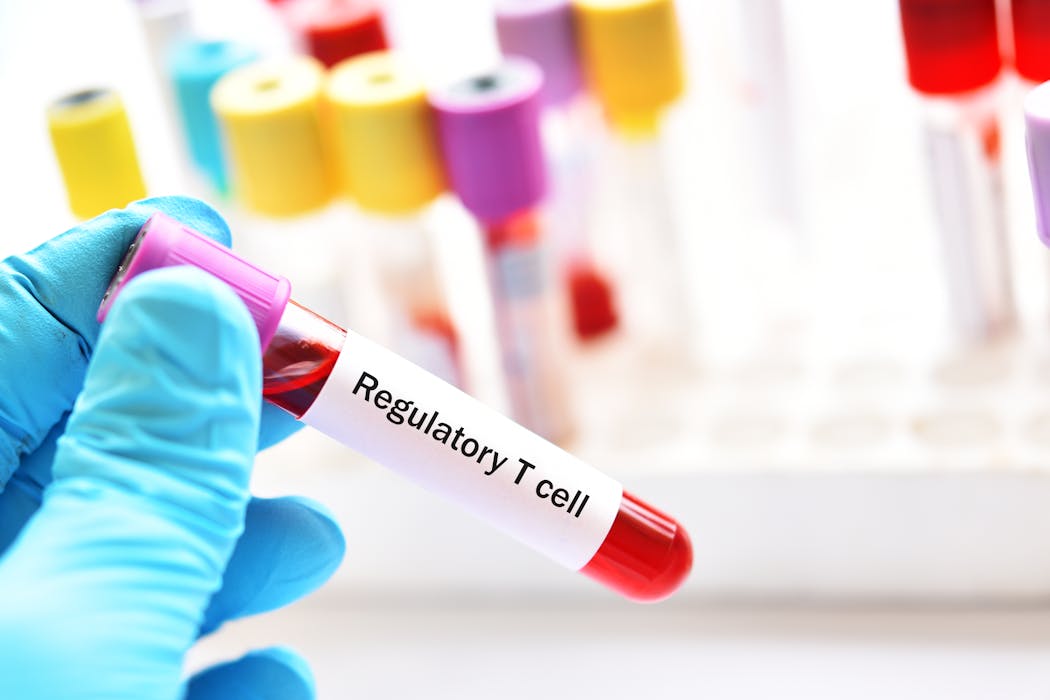HIT Consultant – Read More

Two 20-year-old males were evaluated at an urban emergency department (based on composite cases). They both experienced hallucinations related to substance use. Both demonstrated depressive symptoms. However, one was diagnosed with schizophrenia, incarcerated for possession of controlled substances, and when released back into the community, received infrequent follow-up care. The other was diagnosed with major depressive disorder, received treatment for both his substance use and mood disorders while receiving support to continue his education. Years later, the first was unhoused, continued to struggle with substance use, and received only sporadic treatment for his condition and the latter had a home, spouse, and meaningful employment. Their symptoms were the same at the start, but their recovery paths diverged significantly over time. The only difference was their race.
In 2003, the Institute of Medicine (IOM) published its landmark report, Unequal Treatment: Confronting Racial and Ethnic Disparities in Health Care. The report concluded that inequities – such as those described above – result from the operation of systems of care, but also discrimination in the patient-provider encounter, which might involve (unconscious or conscious) biases or clinical uncertainty due to the provider’s lack of information or familiarity with the patient’s culture. The purpose of this article is to discuss unconscious bias specifically and ideas for how individual providers can improve how they engage with patients from underserved and marginalized communities.
Bias, defined as “a natural inclination for or against an idea, object, group, or individual,” occurs both with and without explicitly recognized prejudices. Health professionals are not immune to bias and because it results in advantages for some and disadvantages for others, they must develop an awareness to examine personal biases and take action to mitigate them for the health and safety of patients.
While biases and assumptions are automatic and often unconscious, there are ways that individual providers can improve mental health care delivery and outcomes for patients from underserved and marginalized communities. Campinha-Bacote proposed 5 concepts to guide the development of sensitivity and mindfulness regarding cultural differences that include: cultural awareness, cultural knowledge, cultural skill, cultural encounters, and cultural desire. These concepts can help providers to develop skills in recognizing biased thinking. Then they have the potential to be better equipped to take active steps to mitigate it before it influences clinical decision-making, and consequently, patient outcomes down the line.
Self-Examination (Cultural Awareness)
Examine
When a patient reports pain, is your initial and automatic response to believe them immediately or to question if they might be drug-seeking? How about if they are diagnosed with obesity – do you question their lifestyle choices or do you also consider their income, neighborhood, and access to healthy food? When biased assumptions are associated with negative characteristics, providers might overlook or underestimate signs and symptoms of illness resulting in the delivery of biased care and poorer treatment outcomes.
Bias mitigation
Understanding your own identity is a critical first step in understanding how our own unique history, experience, and exposure to myths and stereotypes through our families, communities, and the proliferation of various types of media shapes our beliefs and influences how we provide care to patients. Anneliese Singh’s Racial Healing Handbook contains a series of 10 chapters that include selected readings and reflection prompts, the first of which explores personal identity. For those who might prefer self-paced and private reflection, this handbook is a great option. Once you’ve begun the process of self-knowledge, you will more easily ask and respond to the question, “Is this how I would handle this situation if this person looked like me – or didn’t look like me?”
Educate Yourself (Cultural Knowledge)
Examine
Still unconvinced about the role or impact of bias in healthcare? The National Academies of Sciences, Engineering, and Medicine published a follow-up report to the IOM’s 2003 report titled Ending Unequal Treatment: Strategies to Achieve Equitable Health Care and Optimal Health for All. They reported that there were no sustained reductions in health inequities after two decades of research, policy development, and legislation. Skepticism or ambivalence among health providers is a barrier to reducing health inequities, so openness and engagement in learning about them is crucial for progress to happen.
Bias mitigation
The resources available to explore bias and its relationship to inequities in health care might be overwhelming to start. If you are working independently, the TED Talk videos below are highly recommended to jumpstart your learning.
How to outsmart your own unconscious bias, Valerie Alexander, explains how the primitive functions of the brain perceive unfamiliar persons or groups as threats and proposes strategies to question automatic assumptions about others.
In Allegories on Race and Racism, Dr. Camara Jones uses a story telling approach (Japanese Lanterns, Restaurant Saga, The Gardener’s Tale, and The Conveyor Belt) to illustrate the influences and ripple effects of bias, racism, and unequal access to resources.
In How racism makes us sick, Dr. David R. Williams discusses the link between the experience of bias and discrimination – including inequities in the quality of healthcare received – with poorer health outcomes in the treatment of breast cancer, obesity, and cardiovascular disease. Once you’ve started, you can engage in continuous learning by following the experts’ latest publications, speaking engagements, and social media to stay up to date.
Learn Best Practices for Culturally Sensitive Mental Health Care (Cultural Skill)
Examine
If you’re seeing a patient who has limited English proficiency, how confident do you feel in your mental health assessment and your ability to make sound decisions about their care and safety? When you’re meeting a patient and they appear fearful or distrustful, is your initial, automatic response to label that behavior as paranoia or to pathologize it as a symptom of a mental illness? Differences in race, culture, or life experience between patient and provider can result in communication barriers that result in misdiagnosis and inappropriate treatment.
Bias mitigation
For patients with limited English proficiency, professional interpreter service use is recommended to promote safe and equitable care. Key information can be missed when assessing mental health symptoms or in understanding treatment instructions when relying solely on family members, hand gestures, or artificial intelligence for interpretation. If it is unavailable with every encounter, the provider should ensure professional interpreters are present for key interactions, particularly, initial evaluation, informed consent for procedures, and patient education.
Further, even when patients and providers speak the same language, cultural differences in the expression of the language, interpretation of observed behaviors, high acuity at the time of assessment (due to treatment delays), and the subjectivity of diagnostic practices should be considered when evaluating new patients from various cultural backgrounds. Providers who receive training in cultural competemility (a hybrid of cultural competence and cultural humility) and the use standardized tools for a patient’s initial and follow-up evaluations can improve diagnostic accuracy and treatment appropriateness.
Increase Exposure (Cultural Encounters)
Examine
Whether due to income, policy, or other factors, groups in society remain segregated in many domains such as education, housing, and employment. While people in society might have an initial negative reaction and view to the integration of other groups as a threat initially, continuous intergroup contact over time does lead to social adaptation.
Bias mitigation
Providers can try to seek opportunities to engage in cross-cultural interactions – professionally and personally. Each interaction has the potential to contribute to a modified belief system and to correct stereotype-based misconceptions. “However, health care providers must be aware that interacting with just three or four members of a specific ethnic group will not make them an expert on this cultural group.” Professionally, advocacy and support for building a healthcare workforce and interdisciplinary care teams that reflect the diversity of the communities served is important to reduce health inequities.
Commitment to Lifelong Learning (Cultural Desire)
Examine
The evidence on cultural diversity training is mixed, but not for the reasons we might think. Several studies indicate that learning about the ways in which ethnic, racial, and social groups differ can reduce bias and discrimination, but efforts can be undermined due to a lack of buy-in or poor communication by organizational leadership, insufficient resources, or the absence of follow-up or reinforcing action.
Bias mitigation
Formal cultural diversity training effectiveness can be enhanced by implementing a longer program of learning (approximately 24 hours or more), spaced over time, and integrating the principles into the organization’s operations through follow-up sessions, policy change, and ongoing feedback for staff.
Other recommendations
In addition to the above recommendations, providers can improve their cultural responsiveness by exercising curiosity in each patient encounter. Questions that can yield relevant information for clinical decision-making include, but are not limited to inquiring about: religion, cultural background, preferred pronouns, family history, and their expectations and goals for their psychiatric mental health well-being. Providers can also involve patients as partners who participate fully in making their own decisions about care. Additionally, if there is a need for follow-up care or referrals, a “warm handoff” can also be beneficial for helping to navigate potential barriers in accessing the care they need once they leave your setting.
Although systems-level policy, legislation, and intervention are needed to adequately address health inequities in health professional education and practice, providers should not underestimate their potential to improve care at the individual level within each patient-provider encounter. Those who commit to practicing culturally sensitive care can have a meaningful impact on the quality of their therapeutic relationships with patients and short- and long-term mental health outcomes.
About Michelle DeCoux Hampton, PhD, RN
Michelle DeCoux Hampton, PhD, RN, is Associate Dean of Operations and Scholarship at Samuel Merritt University. A nurse, educator, and researcher, she is dedicated to advancing health equity and expanding access to health professional education. With expertise in psychiatric mental health nursing and research methods, she prepares students to lead with equity in practice. She also partners with community organizations, helping launch initiatives like a certified nursing assistant program that creates pathways into the nursing profession for underserved populations.





